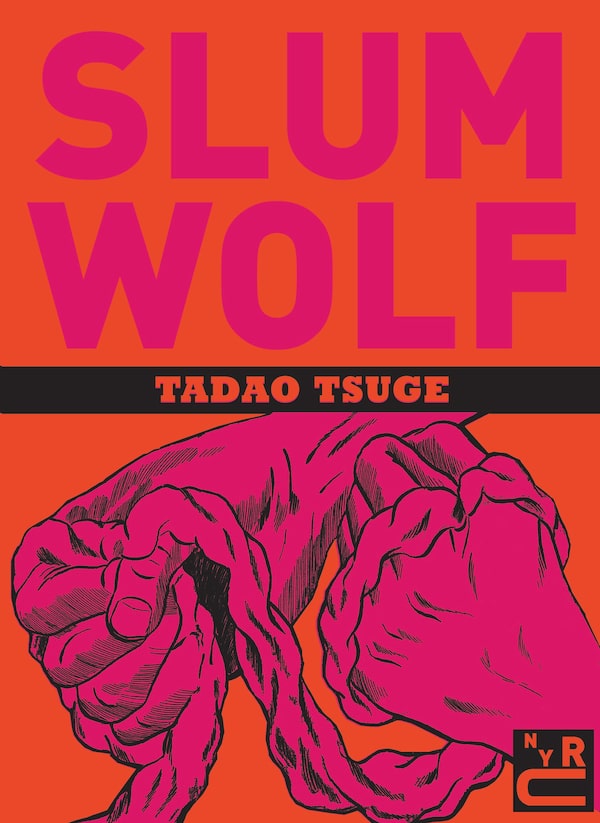100 Days in Uranium City

By Ariane Dénommé, translated by Helge Dascher and Rob Apsinall
Conundrum Press, 144 pages
What it’s about: In the late 1970s, twentysomething Daniel leaves behind his shiftless lifestyle when he ships out to slog through 100-day shifts in a desolate mining town in the Canadian North. The isolation provides a crucible in which Daniel forges his mature identity – while his cantankerous co-workers lose their own.
What you see here: Lengthy ellipses from panel to panel condense an entire day into just a few images, conveying a sense of the plodding emptiness of time in the mine. The relative silence also hints at Daniel’s inner turmoil as he contemplates ditching his job and fleeing to his pregnant girlfriend.
Read if you like: Dénommé’s intensely lonely, softly shaded drawings read like the hushed and plaintive vocal tones of Julie Doiron or Cat Power. Her poetic, highly rhythmic work often feels less like a conventional story and more like a mournfully minor-key folk song about hard labour and northern landscapes.
Berlin

By Jason Lutes
Drawn & Quarterly, 580 pages
What it’s about: One of comics’ great epics finally concludes after more than two decades. Berlin, 1928: Cynical journalist Kurt Severing and provincial art student Marthe Muller strike up a shaky but intellectually fertile affair. The lives they touch, even tangentially, create an encyclopedic cross-section of typical Berliners, a portrait encompassing both workers and beggars, Jews and gentiles, queer life and jazz clubs – and socialists and fascists.
What you see here: Kurt and Marthe watch as Nazis goosestep toward a crowd of communists during May Day, 1929. Lutes’s orderly panels and meticulous detail always depict the ideological – and physical – clashes of the era with lucidity.
Read if you like: Berlin Alexanderplatz – both the Alfred Döblin novel and the Rainer Werner Fassbinder film – serves Lutes as a model for how to anatomize the different strata of Weimar society. But the author’s keen insight into everyday life during the rise of fascism feels newly, and uniquely, urgent.
Slum Wolf

By Tadao Tsuge, edited, translated and with an afterword by Ryan Holmberg
New York Review Comics, 336 pages
What it’s about: Nine desperate stories from the Japanese underground cartoonist whose comics scrape around the chaotic post-Second World War poverty in which he grew up, conjuring a world filled with bums and drunkards and violent youth. Loosely linked by two characters who lean into their downward spirals – Ryokichi Aogishi, a failed middle-aged salaryman, and “Kamikaze” Sabu, a vagabond brawler – Tsuge’s stories serve, like the half-destroyed factory in one of these tales, as “monuments to the ruin of the Japanese spirit.”
What you see here: In the drunken and aggressively deranged rambling of Aogishi through the Tokyo night, the artist’s crude drawing and cockeyed composition create a vision of the city as a purgatorial nightmare.
Read if you like: The hard-bitten, free-flowing films of the Japanese New Wave – think Gate of Flesh or The Sun’s Burial – or any angry, nihilistic art that wrestles with a nation’s rebuilding in the wake of a devastating war.